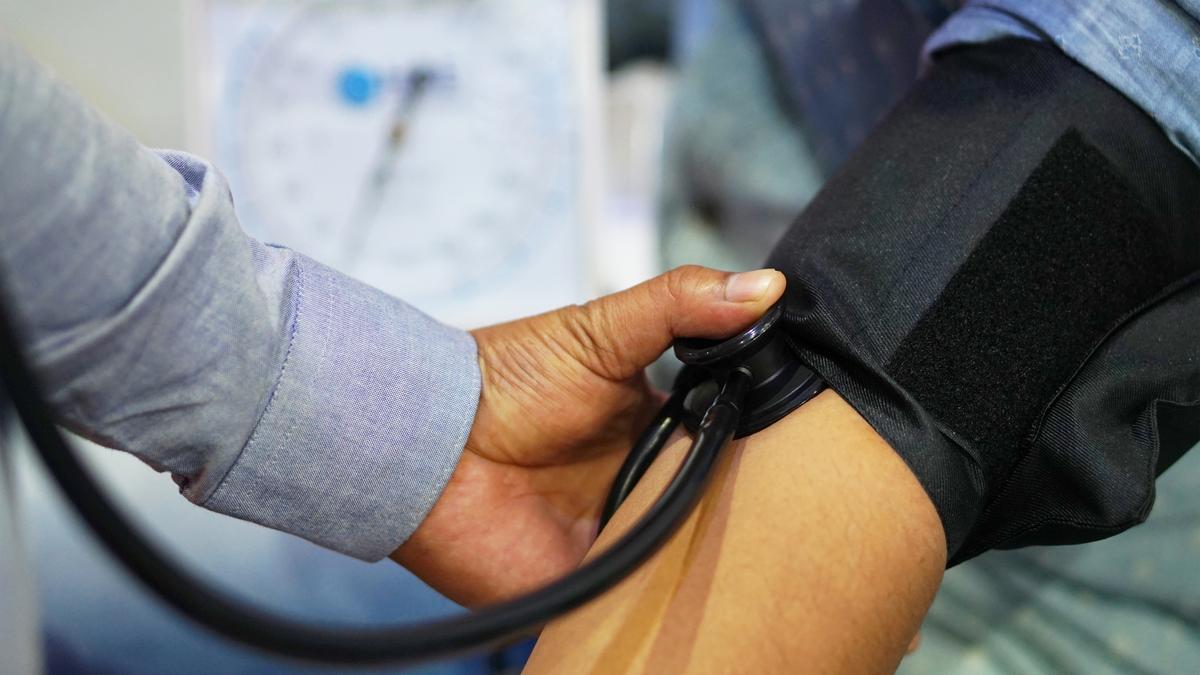The FDA is advising restaurants and food retailers not to serve or sell and to dispose of, and consumers not to eat, certain oysters from Dailyfresh Shellfish Inc. The implicated oysters are from lot number 240531JM and were harvested from Subarea 23-10 in British Columbia, Canada, on May 30, according… Continue Reading Food Recalls, 2024 public warnings, Canada, oysters, paralytic shellfish poisoning Food Safety News
The FDA is advising restaurants and food retailers not to serve or sell and to dispose of, and consumers not to eat, certain oysters from Dailyfresh Shellfish Inc.
The implicated oysters are from lot number 240531JM and were harvested from Subarea 23-10 in British Columbia, Canada, on May 30, according to a notice from the U.S. Food and Drug Administration posted on June 12. The oysters may be contaminated with the toxins that cause paralytic shellfish poisoning (PSP). These toxins cannot be removed by cooking or freezing.
On June 10 the Canadian Food Inspection Agency (CFIA) advised the FDA that recent monitoring detected elevated levels of paralytic shellfish toxins in shellfish harvested from Subarea 23-10 in British Columbia, Canada. The CFIA advised the FDA that live oysters from Dailyfresh Shellfish, Inc., with Lot # 240531JM were harvested from Subarea 23-10 in BC, Canada on May 30 and had been shipped to distributors in California. The product may have been distributed to other states as well.
Molluscan shellfish contaminated with natural toxins from the water in which they lived can cause illness. Most of these toxins are produced by naturally occurring marine algae (phytoplankton). Molluscan shellfish consume the algae which causes the toxins to accumulate in the shellfish’s flesh.
Typically, contamination occurs following blooms of the toxic algal species; however, toxin contamination is possible even when algal concentrations are low in certain instances. One of the recognized natural toxin poisoning syndromes that can occur from consuming contaminated molluscan shellfish is paralytic shellfish poisoning (PSP).
PSP is caused by neurotoxins also referred to as saxitoxins or paralytic shellfish toxins (PSTs). Shellfish can retain the toxin for different lengths of time. Some species cleanse themselves of toxins rapidly, whereas others are much slower to remove the toxins. This lengthens the period of time they pose a human health risk from consumption.
Food containing PSTs may look, smell, and taste normal. Consumers of these products who are experiencing symptoms of illness should contact their healthcare provider and report their symptoms to their local Health Department.
Most people with PSP will begin to develop symptoms within 30 minutes of consuming contaminated seafood. Effects of PSP intoxication can range from tingling of the lips, mouth, and tongue to respiratory paralysis and may include these other symptoms: numbness of arms and legs, “pins and needles” sensation, weakness, loss of muscle coordination, floating feeling, nausea, shortness of breath, dizziness, vomiting, and headache.
Medical treatment consists of providing respiratory support and fluid therapy. For patients surviving 24 hours, with or without respiratory support, the prognosis is considered good, with no lasting side effects. In fatal cases, death is typically due to asphyxiation.
Due to the range in severity of illness, people should consult their healthcare provider if they suspect that they have developed symptoms that resemble paralytic shellfish poisoning.
The FDA is awaiting further information on distribution of the shellfish harvested and will continue to monitor the investigation and provide assistance to state authorities as needed. As new information becomes available, the FDA will update the safety alert.
Recommendations for restaurants and retailers
Restaurants and retailers should not serve or sell the potentially contaminated shellfish. Restaurants and retailers should dispose of any products by throwing them in the garbage or contacting their distributor for return and destruction.
Restaurants and retailers should also be aware that shellfish may be a source of pathogens and should control the potential for cross-contamination of food processing equipment and the food processing environment. They should follow the steps below:
Wash hands with warm water and soap following the cleaning and sanitation process.
Retailers, restaurants, and other food service operators who have processed and packaged any potentially contaminated products need to be concerned about cross-contamination of cutting surfaces and utensils through contact with the potentially contaminated products and should clean and sanitize food contact surfaces and utensils.
Retailers that have sold bulk product should clean and sanitize the containers used to hold the product.
Regular frequent cleaning and sanitizing of food contact surfaces and utensils used in food preparation may help to minimize the likelihood of cross-contamination.
(To sign up for a free subscription to Food Safety News,click here)








